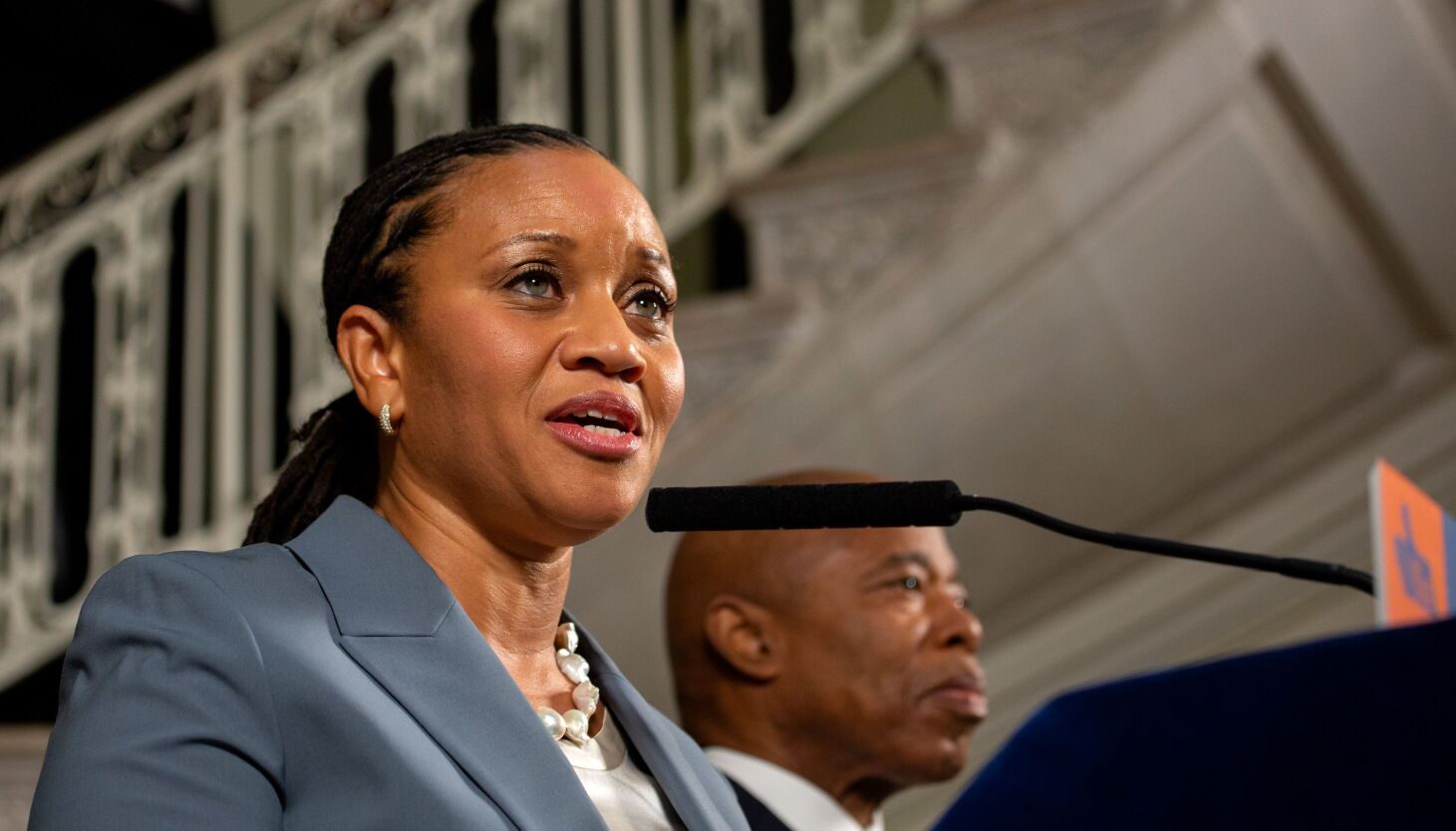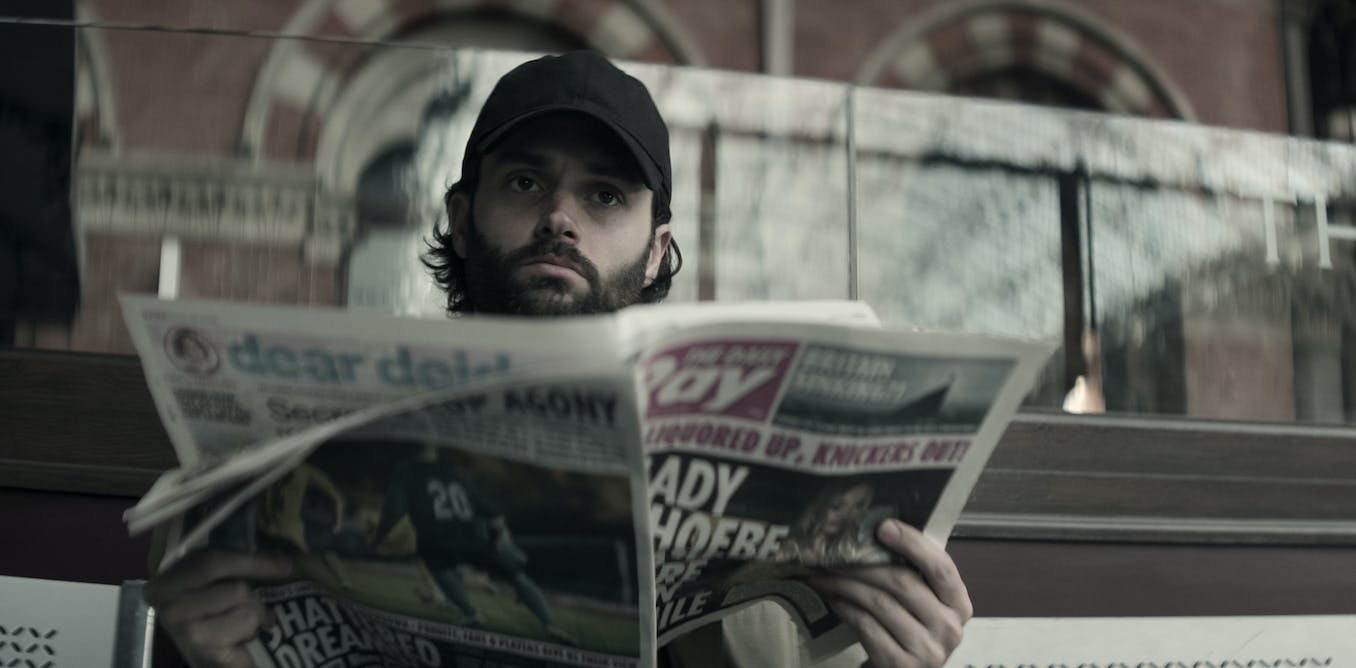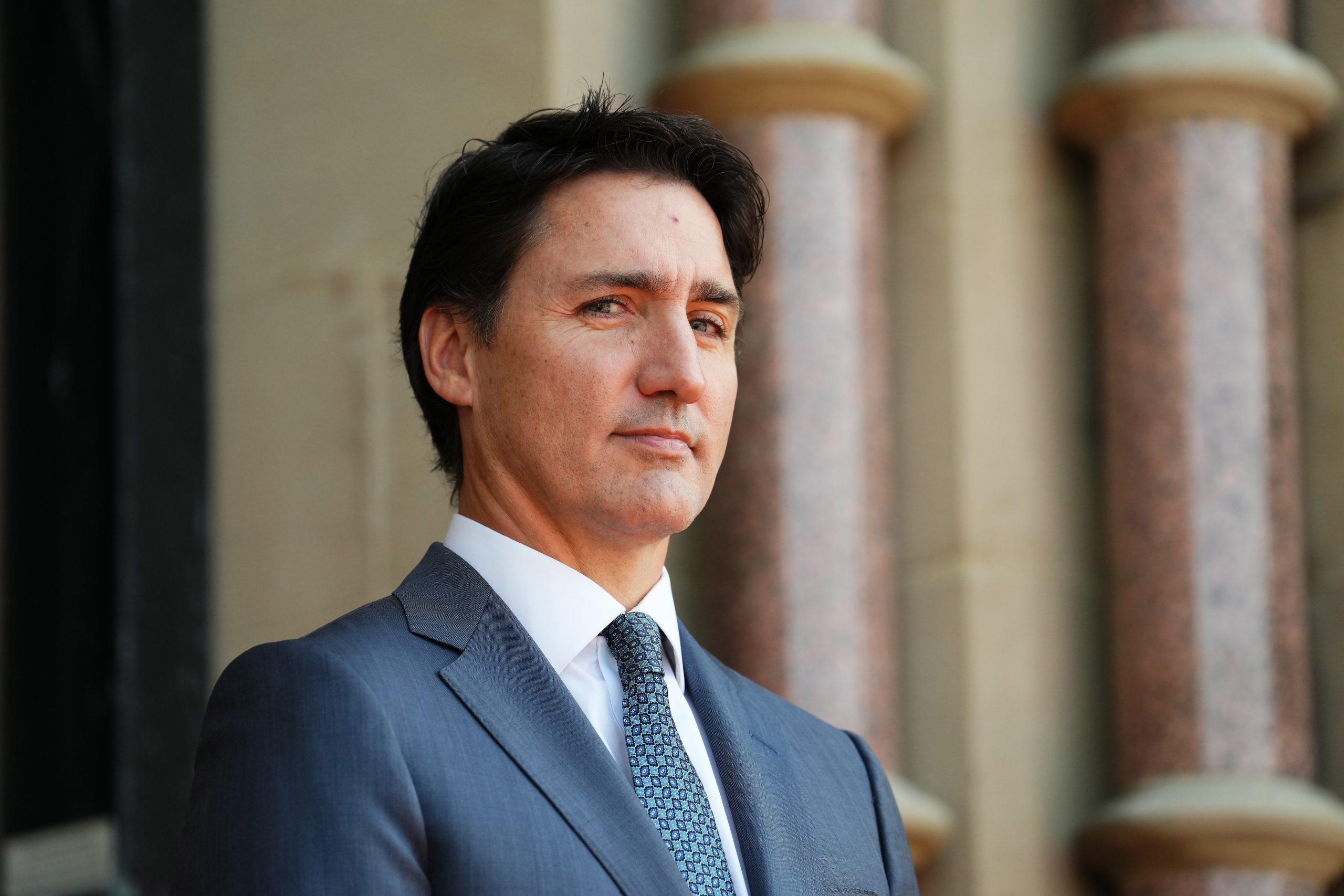The groups City Hall leans on to prevent street violence at a community level will soon have a new boss, THE CITY has learned.
Mayor Eric Adams’ administration is moving oversight of contracts for Office of Neighborhood Safety initiatives — like so-called violence interrupters and gunplay prevention organizations — from the Mayor’s Office of Criminal Justice (MOCJ) to the Department of Youth and Community Development (DYCD), according to multiple sources aware of the decision.
The move, scheduled to launch in January, is a shift away from an agency that had vastly expanded under the de Blasio administration, evolving from mostly a data analysis shop into one that also specialized in overseeing alternative-to-incarceration programs.
“The contracts are the policy. I think it mainly signals to me that they haven’t decided what MOCJ’s purpose is,” said Liz Glazer, who headed MOCJ during most of the de Blasio years and recently founded the publication Vital City.
The agency, along with the NYPD, was also kept out of Adams’ plan to expand the use of involuntary commitment for people having mental health crises, according to multiple sources.
Additionally, under Adams MOCJ has recently taken a back seat in trying to keep down the jail population — a major initiative for the office under the past two mayors — as the number of people behind bars continues to go up, city records show.
On Tuesday, Dept. of Correction Commissioner Louis Molina testified before the City Council that he expects that number to rise from 5,887 to 7,000 next year.
A representative for MOCJ declined to comment.
‘Two Wings of the Same Bird’
The agency awarded about $150 million worth of Neighborhood Safety contracts to around 100 nonprofit organizations, according to multiple former staffers.
They will all be under the purview of First Deputy Mayor Sheena Wright, according to multiple sources.
The programs were designed to showcase alternatives to traditional law enforcement practices that rely on arresting, prosecuting and jailing people.
They include initiatives like Atlas, which says it “works to reduce cycles of violence and justice system involvement in New York City through community-based therapeutic and healing services.”
MOCJ also currently oversees the Mayor’s Action Plan for Neighborhood Safety (MAP) and the Office to Prevent Gun Violence (OPGV).
Under the current setup, the anti-violence groups are contracted by MOCJ to prevent or de-escalate potentially deadly conflicts in their communities, and generally help keep the peace. The nonprofits are required to file monthly reports to the office detailing how many encounters they’ve had, along with several other statistics.
One violence interrupter leader welcomed the bureaucratic shuffle, but wasn’t convinced it would make much of a difference.
“I think it’s going from quantity to quality,” Taylonn Murphy Sr., who leads the Tayshana ‘Chicken’ Murphy Foundation, named after his slain daughter, told THE CITY last week. Murphy was referring to his expectation that DYCD would bring more of a direct human touch, compared to MOCJ’s focus on data and analytics.
He noted that DYCD specifically deals with youth — a population involved in many of the shootings throughout the city. Still, he remained skeptical the change would be substantial.
“We are dealing with the same system,” said Murphy, who has dealt with MOCJ through its crime-prevention programs. “So it’s still on the same bird. It’s two wings on the same bird.”
Adams, a former NYPD captain, has touted the so-called Cure Violence programs as a key element to his broader plan to drive down crime. One of his first moves as mayor was to meet with the leaders of multiple interrupter groups in the city.
He also talked about the model, first started in Chicago, during his meeting in February with President Joe Biden.
Pushing for Reforms
Over the past decade, MOCJ’s purview has steadily increased.
Under de Blasio, the office, which was previously a one-person job called the Criminal Justice Coordinator, was renamed and given dozens of staffers.
The budget increased from $275 million in fiscal year 2011 to $813 million budgeted in fiscal year 2023, according to the city’s Independent Budget Office. The number of vendors receiving criminal justice contracts over the same period rose from 58 in fiscal year 2011 to 194 in fiscal year 2021, the IBO said.
Some criminal justice experts said time will tell whether shifting violence interruption program oversight from MOCJ to DYCD was a good idea.
“Any opportunity to create a pathway for sustainability for community violence intervention work is important, and to the extent that embedding it in an agency could do that, then that’s promising,” said Daniela Gilbert, director of the Vera Institute’s Redefining Public Safety Initiative.
The key will be for DYCD officials to coordinate well with the street-level groups already doing violence intervention to identify “clear expectations” so they can operate with “consistency,” Gilbert said.
“The opportunity to do this work well-coordinated or data-informed is not dependent on a particular office or agency,” she said. “It’s more about the framework and principles that are used to guide this work.”
During the de Blasio administration, MOCJ also had influence over other city agencies like the departments of correction and probation, the former agency officials said.
The agency also issued reports supporting bail reform and the “Less is More” legislation in Albany to give parolees more leeway in avoiding jail for low-level offenses or technical violations.
After Adams took office Jan. 1, however, MOCJ went two months without a new leader being named. Appointed Feb. 28, Director Deanna Logan has not issued a single public report.
During the pandemic, the agency also played a key role in drastically reducing the number of people locked up in city jails.
The agency pushed the NYPD and prosecutors to approve early releases and worked with a remotely operating court system to make it happen. MOCJ leaders also pressed state prison officials to release people held on technical parole violations such as missing curfew or failing a drug test.
The Rikers Island shutdown plan, in addition to creating four smaller, borough-based jails by 2027, calls for reducing the jail population to around 3,544. During the peak of the pandemic, in April 2020 the population dropped to below 3,900 for the first time in decades, records show.
MOCJ has still been pressing the city’s five district attorneys to move cases forward that have dragged on for months and in some cases years, Molina testified Tuesday.
But there were 5,887 people behind bars in New York City on Tuesday, slightly more than before the pandemic, according to Department of Correction data posted online. Advocates for incarcerated people are pressing the city to once again reduce the population, citing an explosion of violence and delayed medical care.
At the Council hearing on Tuesday, the DOC commissioner said that “internal forecasts” show that the population will rise to 7,000 next year.
“I think if Rikers has to close, we have to think about where does the balance of people go if we are not at 3,300 in 2027,” Molina added.




